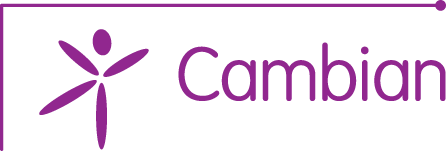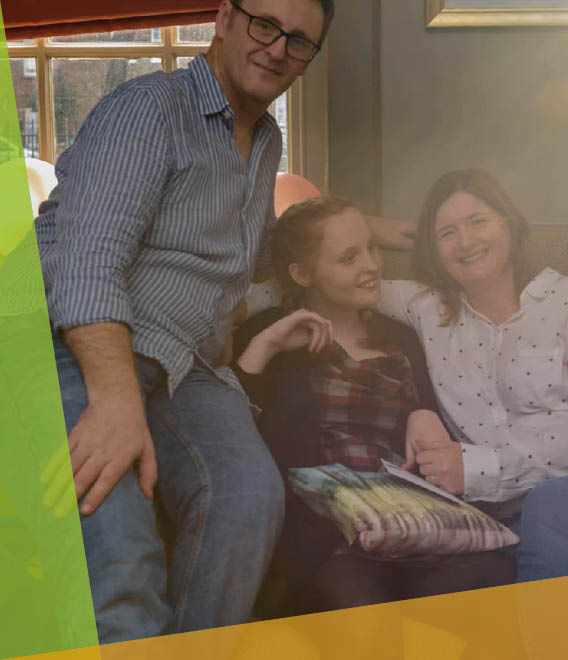Article originally published by SENmagazine.co.uk
"Digital stories are a powerful means of expression for voices that can be difficult to hear and could be the way forward in supporting young people moving home"
- written by Louisa Burden and Kirsty Marsden.
At our school, we provide a curriculum that enables children with autism to engage in broad and rich experiences. This prepares them academically, socially, and emotionally for their next steps into adult life. We offer opportunities for young people to develop independence and vocational skills which will last a lifetime. The final step in their journey here is for them to feel ready to move on to a new home. Change is difficult for everyone, but the most important thing is to have familiar people around us to help.
Planning how to support a young person to move to an adult home can be complex. Care needs to be taken to map out a series of social stories, visits and other preparations during this process. This year has needed to be very different! During the lockdown, two young people from Hill House moved to their new home. As we were unable to plan the move like normal, we were grateful to be working with ACoRNS, the Autism Community Research Network at Southampton. ACoRNS believe that the best way to meet the needs of those with special needs is to involve the local community from the start. We have been working together to create digital `I am` stories to support our young people when they are moving.
What is a Digital Story?
A digital story is a short video that shows what an individual’s day looks like and what their interests and priorities are. Digital stories are a great way to introduce the individual to new staff. They are a powerful means of expression for voices that can be difficult to hear in a more typical way. They will give an insight into an individual’s world and are a powerful way to show what their means of communication are.
Planning the story
Stage one is mapping, where we create a mind map about the young person. We look at what they like, enjoy, dislike and the things they may find challenging. We speak to parents, staff and also seek the young person’s views.
The involvement of the young person in their story will vary every time. The most important thing is that the young person is at the centre of the story! We use the mind map to film a ‘day in the life’ of the young person. We also describe the young person’s story in short statements. These statements can be about what they like, what they are good at and what they might worry about. Finally, we share the digital story with the young person, their family and the team around them who supported them throughout their move to a new home.
Why do the digital stories work?
Digital stories put the young people right at the centre. This, combined with lots of careful transition planning leads to a successful move. It celebrates all the great life skills that the young person has learnt and shows their essence. The digital story also helps new staff see all the activities the young person enjoys and what their personality is. Both young people who moved on from Hill House have settled in well and are enjoying their new home. We were thrilled that the digital story was able to play such a vital role in ensuring such a positive move, and we are now working on our third digital story!

